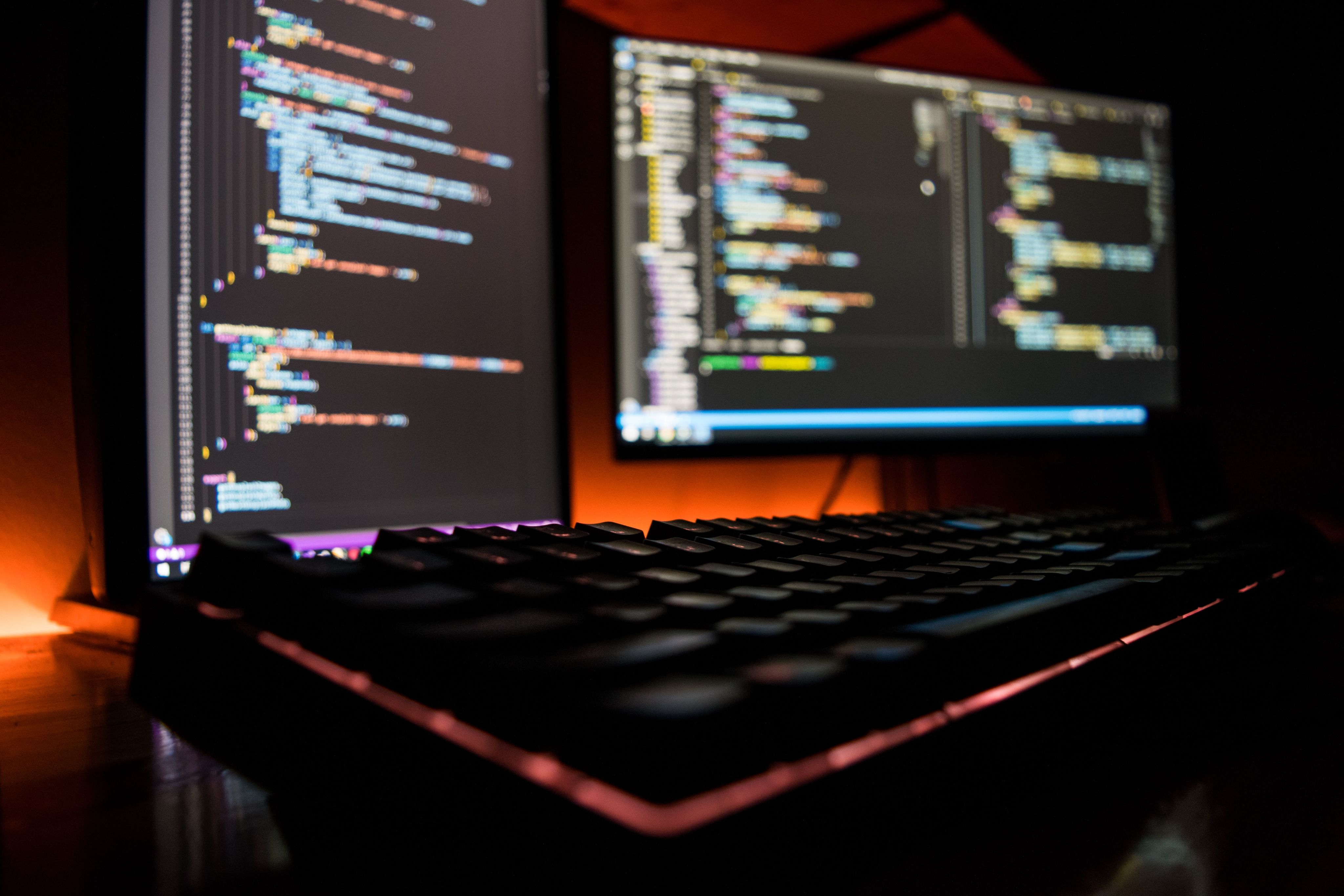How AI is Built: Part 2
The Software That Trains Intelligence

Welcome back to the "How AI is Built" series! In Part 1 of this series, we explored the hardware side of AI. From the powerful chips, and servers, to the data centres that form the backbone of intelligent systems.
But hardware alone cannot make machines “think.” The real magic happens in the software layer, where algorithms, data, and training methods come together to create intelligence.
So, let's get stuck in!
Teaching Machines to Learn

Training AI
At its core, artificial intelligence is about teaching machines to recognise patterns and make predictions. This process is called machine learning, and it relies on software frameworks that allow algorithms to learn from vast amounts of data that is inputted.
Popular frameworks include TensorFlow, PyTorch, and scikit-learn. These provide the building blocks for engineers to design, train, and test AI models. Think of them as the “toolkits” that developers use to bring AI to life.
Data is Everything
Training an AI model means feeding it data. That means billions of examples. For instance, a language model learns by analysing enormous libraries of text, while a vision model might study millions of labelled images. The AI identifies patterns within this data, adjusts its internal parameters (weights and biases), and improves over time.
The process is computationally heavy. Each round of training involves the model making predictions, comparing them to the correct answer, and adjusting itself. Repeat this cycle millions of times, and the model becomes increasingly accurate.
This is where software and hardware meet: GPUs and TPUs (check part 1) provide the speed, while training software ensures the AI programme itself learns efficiently.
From Training to Deployment
Once an AI model is trained, it must be tested and fine-tuned before being released into the wild (figuratively speaking). Developers ensure the model performs accurately and ethically, minimising issues like bias or errors. After deployment, the AI continues to evolve and are retrained regularly as new data becomes available.
This process is often described as moving through three stages:
- Training – feeding the model with data.
- Validation – testing its performance.
- Deployment – putting it to use in apps, websites, or devices.
Why This Should Matter to You
For students in computer science, software engineering, or IT, understanding the software side of AI is crucial. Learning code is one thing, but understanding how to design systems that learn, adapt, and improve over time is what really pushes your skills to a whole new level.
Skills in machine learning frameworks, data analysis, and programming languages like Python are in high demand globally.
That is because AI is not just built by engineers at big tech companies. Increasingly, startups, research labs, and even individual developers are training models that have been changing entire industries. By diving into the software side, you position yourself at the heart of this transformation.
